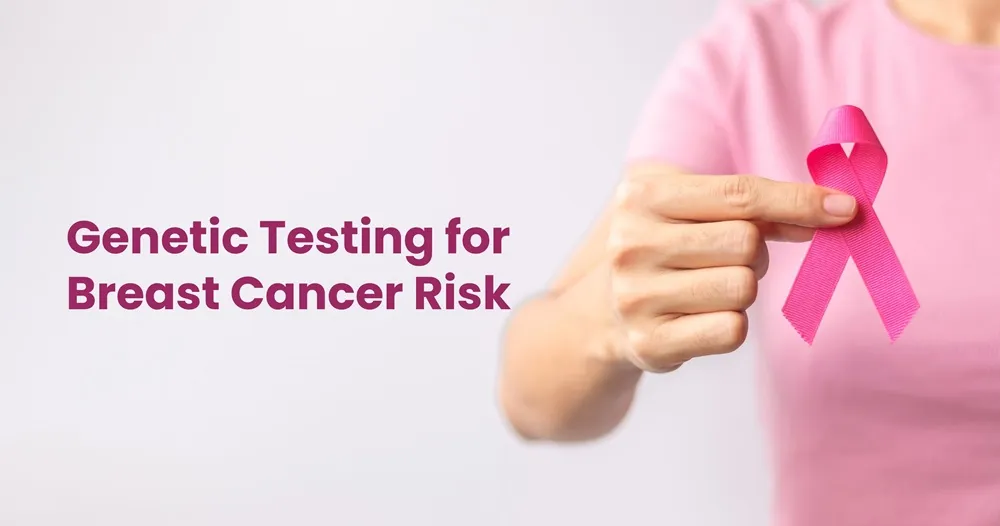Children's Illnesses: Preventing and Treating Them
Jun 03, 2020
Children are prone to falling ill than adults due to various reasons. For one, their immune systems are less developed as compared to adults, making them more risk-prone to germs. Secondly, kids tend to hang out together in a group, whether at school or at play. Additionally, children tend to have habits increase the incidence of catching germs like sticking objects or fingers in their mouths.
Here are some of the common children’s illnesses and ways to prevent them-
Common cold and flu – Easily, the most contagious disease in the world, children are easily prone to catch the common cold. An average school going child tends to catch a cold seven to ten times per year. Flu is also a common occurrence especially with primary and kindergarten children due a relatively weaker immune system.
Prevention – Make sure that your child is given an annual flu vaccine as a preventive measure. Also, teach her the correct way to wash hands with a good hand-washing soap and warm water. Teach them to avoid being in close contact with other children who have a contagious disease, like cold, flu or pink eye. They should also avoid sticking foreign objects and non-edible items in their mouths.
Treatment – The doctor may ask you to diagnostic tests in case the child has a fever. Lab tests in the form of a blood test can rule out other reasons for fever, like malaria. Medications will be given by the doctor based on the severity of the flu. For the common cold, there is no cure but the symptoms can be managed well. You can also give your child salt water gargles to clear chest congestion.
out other reasons for fever, like malaria. Medications will be given by the doctor based on the severity of the flu. For the common cold, there is no cure but the symptoms can be managed well. You can also give your child salt water gargles to clear chest congestion.
 out other reasons for fever, like malaria. Medications will be given by the doctor based on the severity of the flu. For the common cold, there is no cure but the symptoms can be managed well. You can also give your child salt water gargles to clear chest congestion.
out other reasons for fever, like malaria. Medications will be given by the doctor based on the severity of the flu. For the common cold, there is no cure but the symptoms can be managed well. You can also give your child salt water gargles to clear chest congestion. Pink Eye – Usually, the child who has pink eye is asked not to come to school, because the condition is highly contagious. Also known as conjunctivitis, this eye irritation marked with redness of the eye and burning, itching sensation; can be easily spread among children.
Prevention – There is a myth that conjunctivitis is spread by looking into someone who is affected. Germs do not travel through rays of light but through direct contact. So, teach your child to avoid direct contact with someone who is infected. Children should not touch things that are handled by the person because they can be infested with germs. Wash hands frequently with hand wash and water. Clothes of the infected person should be washed with hot water and detergent.
Treatment - While mild conjunctivitis clears off on its own, when the child experiences extreme redness, itching, burning sensation and vision problems for more than two days; it is better to consult a doctor. Do not self-medicate; the physician will give certain prescription medications and eye drops that will treat the problem effectively.
Stomach Flu - Stomach flu is not actually flu; it is gastroenteritis caused by a virus. The common symptoms include upset stomach or diarrhea, fever, cramps, vomiting, and rash. It is a contagious disease.
Prevention – Do not allow children to mingle with people who have the stomach flu. Sharing food and utensils with the person who has stomach flu has to be completely avoided. Teach the child to wash hands frequently with hand-wash, before eating and after going to the toilet. Also, she or he needs to avoid putting fingers putting fingers in the mouth.
Treatment – Diagnostic tests give a clear idea about if the child is suffering from stomach flu. The doctor may also ask for laboratory tests in the form of blood test or stool test for clarity. Apart from the medication that the doctor gives, the child should up fluid intake and drink boiled water. Increase probiotics in the diet and avoid spicy foods.
Contact the nearest diagnostic center for more information on various laboratory tests required for accurate diagnosis of your child’s illness.
Related Blog Post
Blog Categories
- Child Health
- Mens Health
- Women's Health
- Mental Health
- Health Myths & Facts
- Fitness
- Nutrition/Recipes
- Remedies
- Weight Management
- Stress Management
- Health Supplements
- Addiction Management
- Disease Management
- Allergy
- Anemia
- Arthritis
- Asthma
- Autoimmune Diseases
- Blood Pressure
- Cancer
- Deficiencies
- Dengue/Malaria/Chikungunya
- Diabetes
- Eye Problems
- Heart Diseases
- Hepatitis
- HIV/AIDS/STD
- Hormonal Imbalance
- Infection/Flu/Viral
- Kidney
- Liver
- Menstrual Problems
- Pregnancy
- Skin & Hair Problems
- Stomach Ailments
- Thyroid
- Others
- Health Checkups
- Diagnostics/Pathology
- Lifestyle & Wellness
- Covid
- Medical Tests
- Cholesterol
- Health Tips
- Parent Care/Old Age
- Lungs
- Food Intolerance







